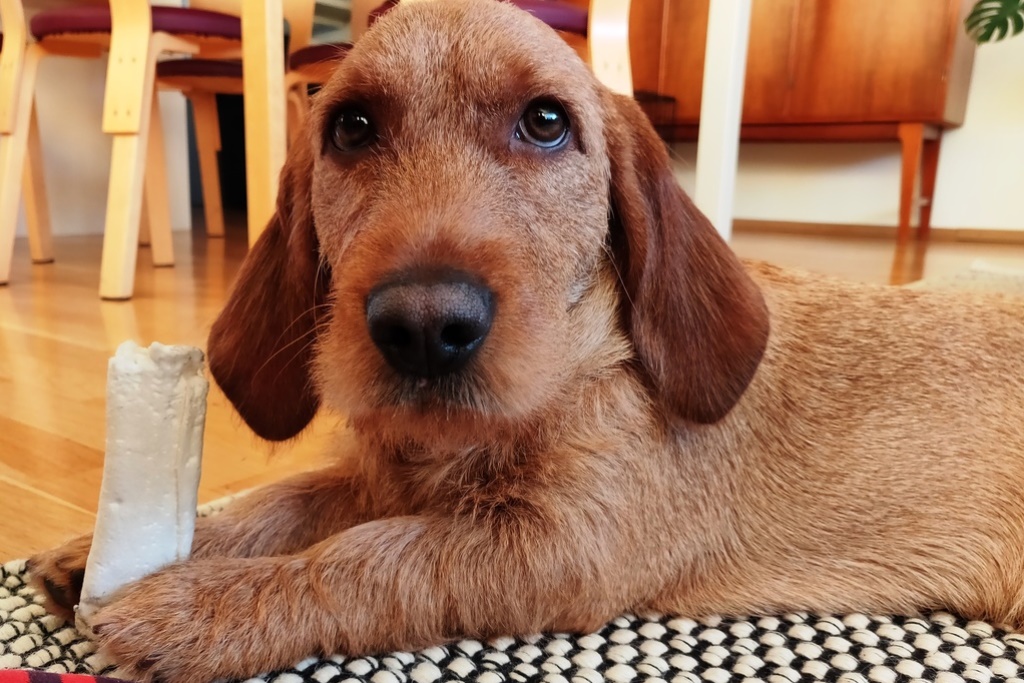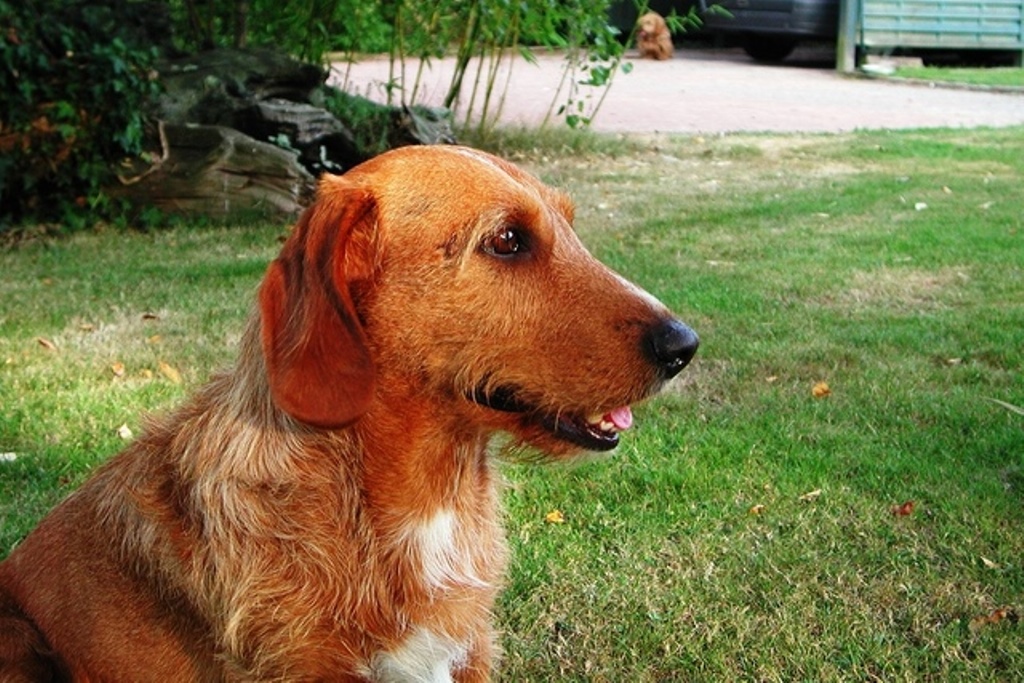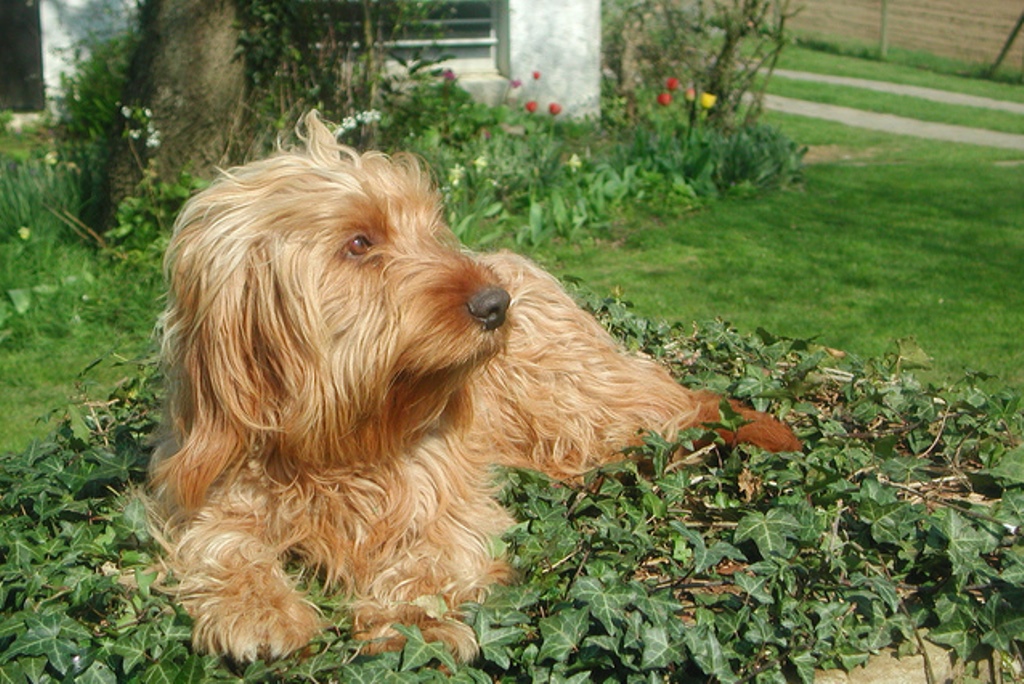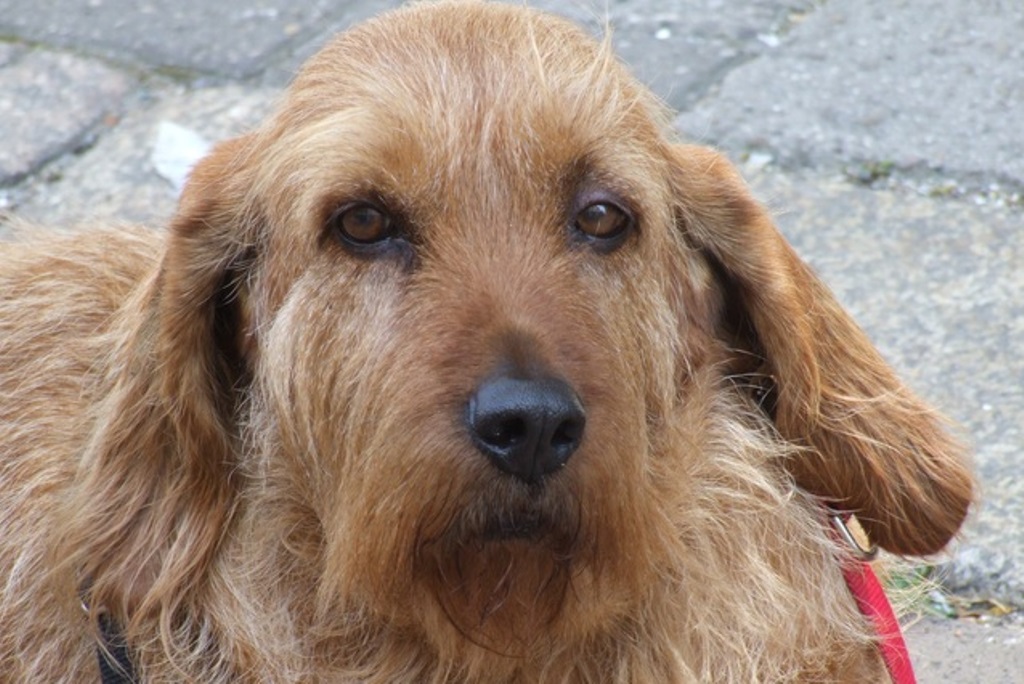
Unique Features of Basset Fauve de Bretagne Breed
The Basset fauve de Bretagne is a small hound native to France. Its exceptional hunting skills have won it many French cups in rabbit trials, and it has become extremely popular. Initially it was only widespread in Brittany, which is its area of origin, then during the 1900s, especially between the 1930s and 1940s, it became known outside its native territory.
Today, most Basset herds are found in France, as French hunters appreciate them highly for hare hunting and also for their ability to adapt to all terrains and climates.
As far as its origins are concerned, they are quite ancient, but its tonnage stabilised and it only began to gain official recognition in the last century. Among its ancestors, scholars have placed two breeds in particular.
The first was the griffon fauve de Bretagne, the second the Vandean basset, a small version of the official grand basset griffon vendeen. Over the years the breed has been crossed with others, but today the basset fauve de Bretagne, is very similar to the original physically but also in character: brave, cunning and tenacious, but also affectionate and sweet in the family.
It is a tenacious, vigorous and resistant hound. It is mainly suited to hunting in upland heaths and brambles. It has also earned a good place as a companion dog, but outside France it has not found the sympathy it deserves.
Character of the Basset fauve de Bretagne dog breed

The Basset fauve de Bretagne is a dog with a great temperament, very sociable, playful, docile and jovial. It is primarily a hunting dog, but is also excellent as a companion dog.
In fact, it is recommended for the whole family, adults, children, the elderly, everyone can easily become its best friend. Satisfied if he can carry out his master's commands, he is also very calm, although he needs plenty of exercise and at least a couple of walks every day.
He gets on very well with children, the little ones becoming his true protectors whom he will always try to keep safe. He is also very suitable as a first dog, his docile and affectionate character making him easily trainable.
With strangers he is very sociable and is never aggressive or fearful, but he is not suitable for guarding due to his friendly character with everyone.
A house with a garden where he can spend a few hours a day is ideal for this dog, especially in the countryside, but he also adapts well to living in a flat as long as he has his daily outings. It gets along well with other dogs if it has been well socialised as a puppy, with cats it is much more difficult as it sees them as prey.
Appearance of the Basset fauve de Bretagne dog breed

The Basset fauve de Bretagne is a small to medium-sized dog; the height at withers ranges from 32 to 36 centimetres and a weight of 16 to 18 kilograms, the female usually a little less. It is a dog of the basset family, is somewhat stocky, has straight or slightly arched limbs, a solid and muscular constitution. Its legs are short, its neck and back are short, its kidneys are muscular and its chest is broad and high.
This animal is endowed with a rather elongated skull, a black truffle and prominent but not very abundant whiskers. . The dog's tail is carried slightly sabre-like, of medium length, thicker at the root and often spiked. The eyes are very alert, slightly oval and brown in colour, the ears drooping at the level of the eye line, are of medium length.
The coat is very hard, dry to the touch, fairly short; the coat is fawn or grain-gold, sometimes with a white patch on the chest.
Health and care of the Basset fauve de Bretagne dog breed

A very hardy breed, the Basset fauve de Bretagne has a good constitution and is not predisposed to any particular diseases. It has an average lifespan of 12 - 15 years. It may suffer from progressive retinal atrophy, skin allergies and epilepsy.
With regard to coat care, the Basset fauve de Bretagne is a dog that needs to be brushed twice a week, more frequently during the moulting period. It does not need too frequent bathing. Hair loss is moderate.
It tolerates both heat and cold well, but not extreme and for long periods. As far as nutrition is concerned, it is an undemanding dog. A controlled diet, calibrated according to its daily activities, is sufficient to keep it fit without putting on weight. Usually one meal a day is sufficient for this breed.






















